Wetland ecosystem
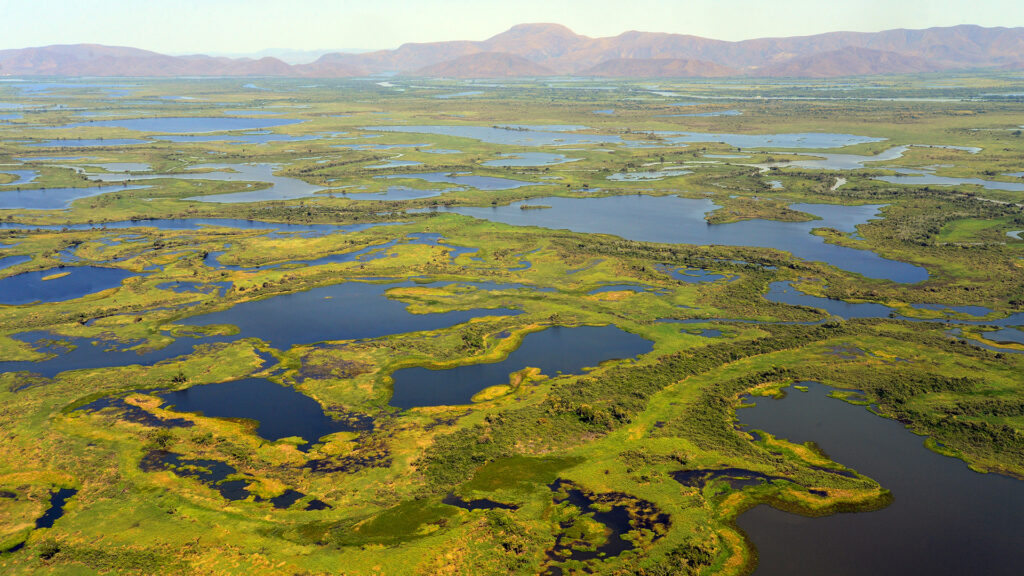
Wetland ,Source : IUCN
Definition
- Wetlands occur where water meets land. They include mangroves, peatlands and marshes, rivers and lakes, deltas, floodplains and flooded forests, rice-fields, and even coral reefs. Wetlands exist in every country and in every climatic zone, from the polar regions to the tropics, and from high altitudes to dry regions.
- Wetlands are vital for human survival. They are among the world’s most productive environments.
- They are cradles of biological diversity that provide the water and productivity upon which countless species of plants and animals depend for survival.
Specific Wetlands
- Peatlands are wetlands with a thick water-logged soil layer made up of dead and decaying plant material.
- Peatlands include moors, bogs, mires, peat swamp forests and permafrost tundra. Peatlands represent half of the Earth’s wetlands and cover 3% of the global total land area. They are found all over the world.
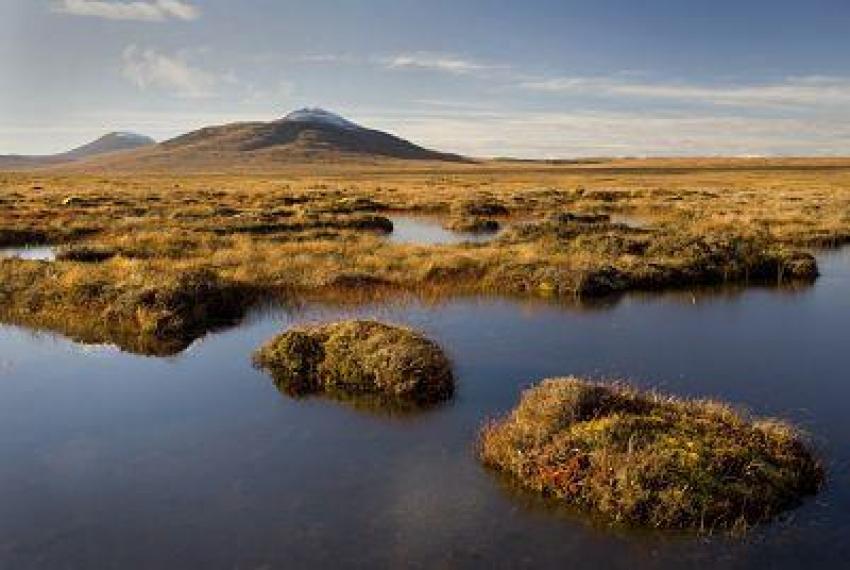
Fig : PeatLand ; Source IUCN
- Arid and semi-arid areas are often characterised by seasonal rainfall and wetlands that retain water long after the rest of the landscape has dried out.
- These wetlands include rivers, swamps, and lakes and springs that dry up for portions of the year. Dry regions are found in Asia, Australia, Africa, the Middle East and North and South America.
- Glacial lakes, marshes, wet grasslands, peatlands and rivers support unique ecosystems and services that sustain the livelihoods of people.
- High altitude wetlands store water from rain and glacial melt, feed groundwater stores, trap sediments and recycle nutrients, enhancing both the quantity and quality of water.
- Wetlands are the main ecosystem in the Arctic. These peatlands, rivers, lakes, and shallow bays cover nearly 60% of the total surface area.
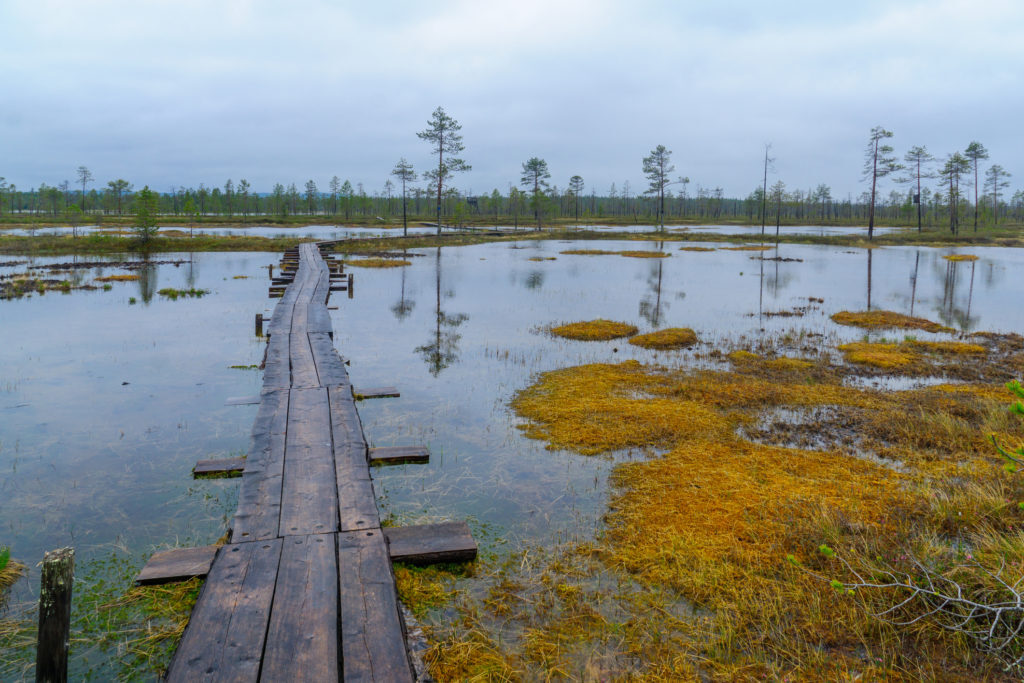
- Arctic wetlands store enormous amounts of greenhouse gases and are critical for global biodiversity. They are also the main source of livelihoods for local indigenous peoples.
Benefits of Wetland
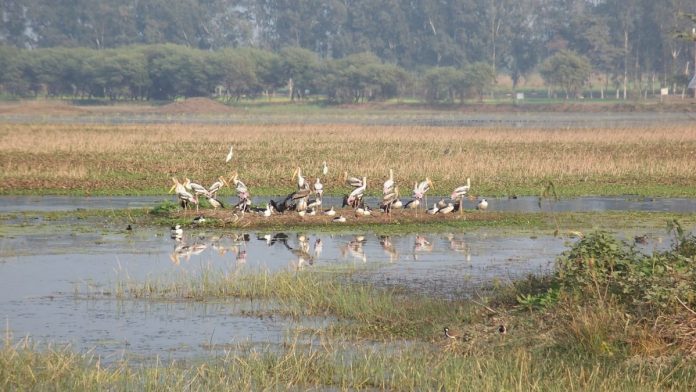
Fig : Migratory Birds in Wetland
- Wetlands provide shelter for all sorts of different species of animals.
- wetlands provide a pit stop for migratory birds. Mammals like otters, waterbucks and beavers live in wetlands.
- a large variety of fish and alligators and snakes shelters in wetlands
- They are a great nursery especially for birds.
- Wetlands are like a huge sponge that help to soak up water from tides and flooding.
- wetlands help to filter pollution. Wetlands help to clean drinking water.
- Wetlands trap pollutants like heavy metals in their soil and break them, they also break down suspended solids to neutralize harmful bacteria.
- Wetlands also capture carbon and bury it away in the water and sediments in wetlands.
- The wetlands are essential to protect all of the coastal communities
- The trees and the land help to buffer wind. This helps to reduce the impact of waves and water swells during storms and hurricanes.
- Wetlands throughout the world are used as farms because of the rich nutrients that are in the ground. Rice is a world wide food stable that is grown in wetlands.
Wetland destruction or causes of wetland loss
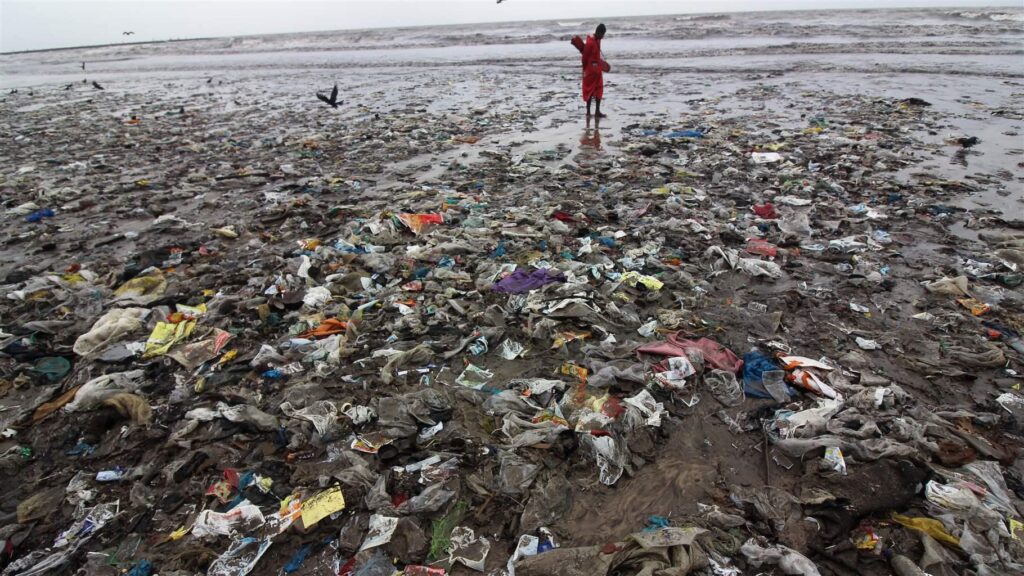
Fig : Plastic , a main source of destruction
- Depositing fill materials (such as mud) for land development
- Draining wetlands of water in order to develop the land for housing or commercial use, for farming or for mosquito control.
- Damming wetlands to create ponds or lakes, or creating levees that cut off wetland water flow.
- Adding man-made surfaces like cement which increases runoff pollution into wetlands
- Diverting the flow of water to or from wetlands
- Introduction of non-native plants that compete with native plants
- Removal of plants in order to use land for other purposes
- The main pollutants that cause damage to wetlands are sediment, fertilizer, human sewage, animal waste, road salts, pesticides, heavy metals, and selenium.
Types of wetlands
- Inland Wetland
- Coastal Wetland
Inland Wetland
Inland Wetland include lakes,ponds,Oxbow lakes , waterlogged areas,Swamp areas ,marshy areas, reservoirs ,Tanks,Ash ponds etc.
Coastal Wetland :
Coastal Wetland include Estuary ,Lagoon ,Creek,Backwater,Bay,Coralreef,Tidal Flat ,Mangroves ,Salt March , Salt Pans, Aquaculture .
